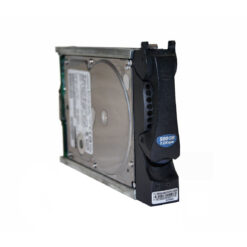Unleashing Performance: The Power of EMC Unity’s All-Flash Architecture
Overview of EMC Unity All-Flash Technology
EMC Unity’s All-Flash architecture is designed to deliver exceptional performance, efficiency, and simplicity for data-centric enterprises. Engineered by Dell EMC, Unity represents a robust, flexible, and feature-rich storage array aimed at midrange storage environments.
Key Features of EMC Unity All-Flash
- High Performance: Optimized for all-flash, providing low latency and high IOPS.
- Efficiency: Advanced data services, including deduplication, compression, and thin provisioning.
- Unified Storage: Supports both block and file storage within a single platform.
- Scalability: Seamlessly scalable, offering investment protection and easy expansion.
- Operational Simplicity: Intuitive management through a modern, HTML5-based interface.
- Data Protection: Built-in replication, snapshot, and disaster recovery capabilities.
Architecture and Functionality
The EMC Unity All-Flash system is based on a unified storage architecture, catering to a diverse range of applications and workloads. This architecture enables efficient data management and storage operations, integrating both block (SAN) and file (NAS) functionalities within a single chassis.
Technical Specifications
| Specification | Details |
|---|---|
| Processor | Intel Xeon CPU, Multi-core |
| Memory | Up to 2TB per storage processor |
| Storage Capacity | Scale-up to multiple petabytes |
| Connectivity | 10/25/40/100 GbE, 16/32 Gb FC |
| Protocols | iSCSI, NFS, CIFS, FTP, HTTP |
Data Flow and Underlying Mechanisms
EMC Unity’s data flow is characterized by its streamlined path through the system, minimizing latency and maximizing throughput:
- Data Ingestion: The system ingests data across various protocols using dedicated front-end ports.
- Processing: Utilizing a multi-core processor architecture, Unity handles data requests with parallel processing to maintain high performance.
- Storage and Access: The data is stored onto SSDs optimized for all-flash environments, supporting diverse storage types and flexible allocation.
Comparison with Competing Technologies
NetApp AFF vs. EMC Unity All-Flash
Both NetApp AFF and EMC Unity are leaders in the All-Flash storage domain. NetApp AFF emphasizes integration with hybrid cloud environments and ONTAP data management software, whereas EMC Unity focuses on unified storage and ease of management.
| Feature | EMC Unity | NetApp AFF |
|---|---|---|
| Cloud Integration | Limited native capabilities | Extensive hybrid cloud support |
| Management Interface | User-friendly HTML5 interface | ONTAP software with robust features |
Real-World Use Cases
EMC Unity All-Flash is well-suited for various scenarios requiring high performance and reliability.
Virtual Desktop Infrastructure (VDI)
Organizations deploying VDI benefit from Unity’s fast boot times and efficient scaling, supporting thousands of simultaneous desktop instances with minimal latency.
Database Environments
High-speed transactional databases leverage Unity’s low-latency I/O processing, significantly enhancing query performance and reducing bottlenecks.
Converged Infrastructure
In converged systems, Unity becomes a pivotal storage component due to its unified architecture, consolidating workloads while simplifying IT management.
Strengths and Weaknesses
Strengths
- Effortless scalability and flexibility, catering to growing data needs.
- Robust data protection features, ensuring data integrity and availability.
- Simplified management for reduced operational complexities.
Weaknesses
- Relatively limited inherent cloud integration compared to some competitors.
- Despite strong features, may require premium pricing.








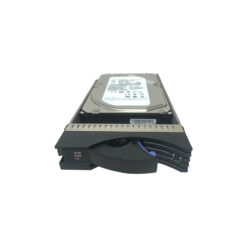
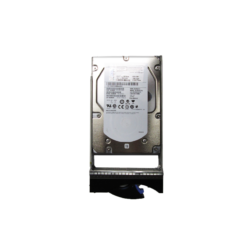
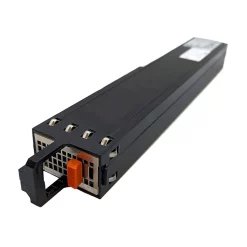
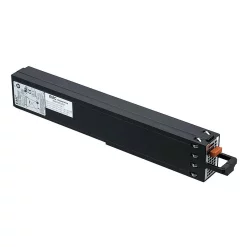

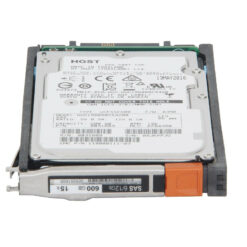
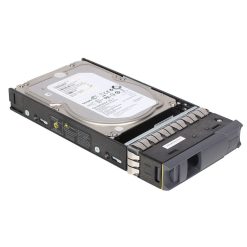 HUS724040ALS640 EMC 4TB 7.2K SAS 3.5 HDD
HUS724040ALS640 EMC 4TB 7.2K SAS 3.5 HDD 